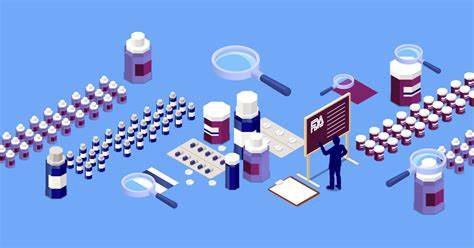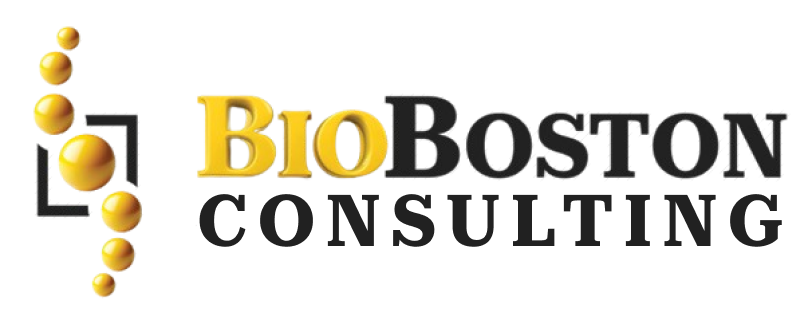Stay compliant with FDA best practices for drug packaging and labeling. Our resources guide you in maintaining safety and meeting regulatory standards.
In the complex sphere of pharmaceutical manufacturing, the relevance of strictly regulatory standards should be evident to all; these are the basis for safety, efficacy, and accurate labeling of drug products for public health purposes.. Within such a large framework of regulation, the function of the FDA falls under Title 21, Chapter I, Subchapter C-part 211, Subpart G, which is no less significant for drug manufacturing. This paper aims at giving a comprehensive exploration of Subpart G, dealing with the control of packaging and labeling, and useful enlightenment on how pharmaceutical companies can implement the right regulatory standards to achieve compliance.
Since the purpose is to safeguard the utmost safety, efficiency, and quality of drugs, the manufacturers will have to comply with the mandates of Subpart G. This subpart details packaging and labeling controls; this section explains and focuses on the vital aspects of ensuring that every drug product is packed and labeled accurately. For this reason, following these regulations will help in minimizing the probabilities of contamination, mix-ups, and mislabeling, any of which may have disastrous effects for the patients and public health.
Subpart G has several foundational requirements; among them is that all packaged and labeled drug products shall undergo an acceptable finishing operation. This critical step guarantees a solid assurance mechanism because it allows manufacturers to verify the presence of the right label on containers and packages within a given lot against the law. Proper inspection procedures carried out by pharmaceutical companies enable them to detect any improper labeling within the shortest notice. Such companies undertake corrective measures that ensure that the right product reaches the final consumer.
Furthermore, Subpart G calls for representative samples of drug units to be obtained at the end of finishing operations. These samples will then undergo a visual inspection to ensure correctness in labeling. Such an inspection process acts as a supplement check of quality control; it ensures that a unit matches the labeling specifications exactly. Representative samples may then be examined in such a manner that greater confidence in the overall quality and conformity of any lot of such product can be ensured, allowing for any deviation or nonconformity to be corrected before products are distributed.
The detailed inspection and examination procedures under Subpart G necessitate detailed record-keeping. Results of inspections and examinations done during the control of packaging and labeling of drug products shall be suitably recorded in the batch production or control records. These records were significant documentation that showed an entire account of the inspection process that included a date of inspection, people involved, and all the discrepancies or corrective action that had been taken. Record-keeping would be of utmost importance for traceability, accountability, as well as adherence to regulatory compliance standards.
Understanding Subpart G of Part 211, Packaging and Labeling Control discusses appropriate practices and standards for pharmaceutical manufacturers to ensure that final pharmaceutical drug products meet the standards of packaging and labeling. It will prevent mix-ups, contamination, and mislabeling, so that not a life-threatening case occurs on clinic seats.
Drug Product Inspection: In quality assurance, drug products packed and labeled during finishing operations must be thoroughly inspected. In this regard, assurance of containers and packages in any given lot having the correct label as required by regulatory standards is given. The pharmaceutical companies can detect the labeling discrepancies, rectify them, and ensure that the right product reaches the consumer.
Collecting Representative Samples:
Once finishing operations are completed, a representative sample of drug units should be collected. The sample should be such that all variations that may exist within the lot could be captured. These units undergo a visual inspection to verify the labeling accuracy so that the product for every unit is labeled to the right labeling specifications. Inspecting a representative sample can give confidence in the quality and compliance that is achieved overall.
Outcome of Examinations of Drug Products:
The outcome of examination on drug products due to inspection and visual examination should be recorded appropriately. Such records are called batch production or control records. It is a valuable record that can be used as proof of compliance of the product with the regulations. It ensures complete recording of the process of examination from date of inspection to the individuals who took part in that process, including an account of disagreement or action taken to correct the error. A record without errors is essential for tracing, accountability, and regulation audit.
With Subpart G’s requirements, pharmaceutical manufacturers will be able to stay within compliance with the FDA regulations, while ensuring their finished pharmaceutical products are high quality, safe, and properly labeled. This is the paramount condition for maintaining consumer confidence and public health. Good compliance coupled with quality assurance will keep the healthcare system safe, effective, and trustworthy for patients.
Regulatory Standards. According to Subpart G, FDA rules guide any drug manufacturer on how its products are to be packaged and labeled. That is, standards have been put in place that aim to cut down the risk and possibilities of error arising during manufacturing. It will thus ensure safe and effective medications to citizens. Manufacturing compliant with regulatory standards prevents costly product recalls, resultant legal cases, and reputation damage. This also demonstrates commitment to patient safety and to the integrity of the pharmaceutical industry.
Conclusion
Proper compliance with the regulatory standards outlined in Subpart G of Part 211 is important for the pharmaceutical manufacturer . Manufacturers can demonstrate their quality assurance and regulatory compliance by detailed inspections of drug products, collection of representative samples, and visual inspection of units for proper labeling and by careful documentation of the findings of any examination performed in batch production or control records. In addition to this, these standards ensure the safety as well as the efficacy of pharmaceutical products and maintain consumer trust while fostering an effective health care system.
Contact BioBoston Consulting or visit our website to explore how we can help your organization.


